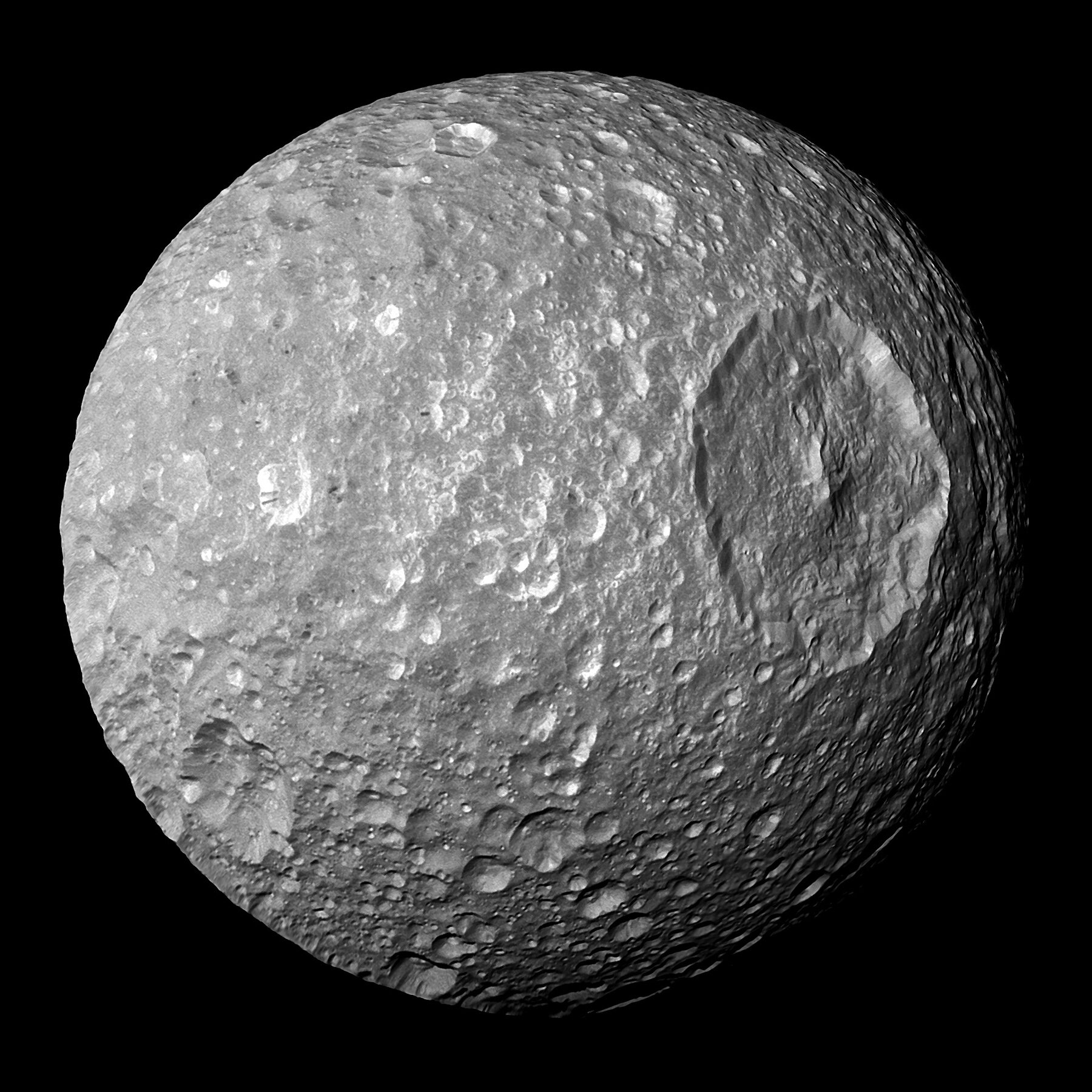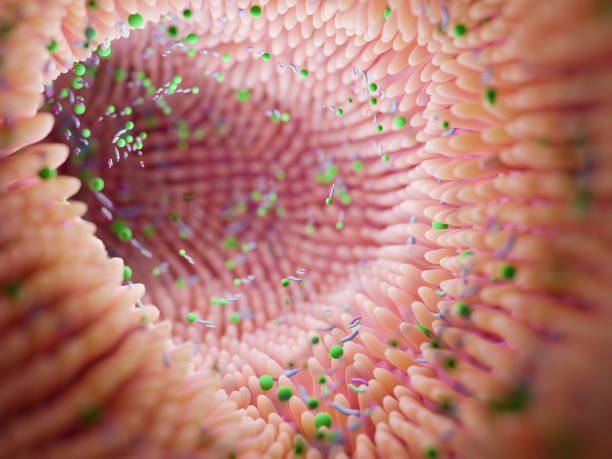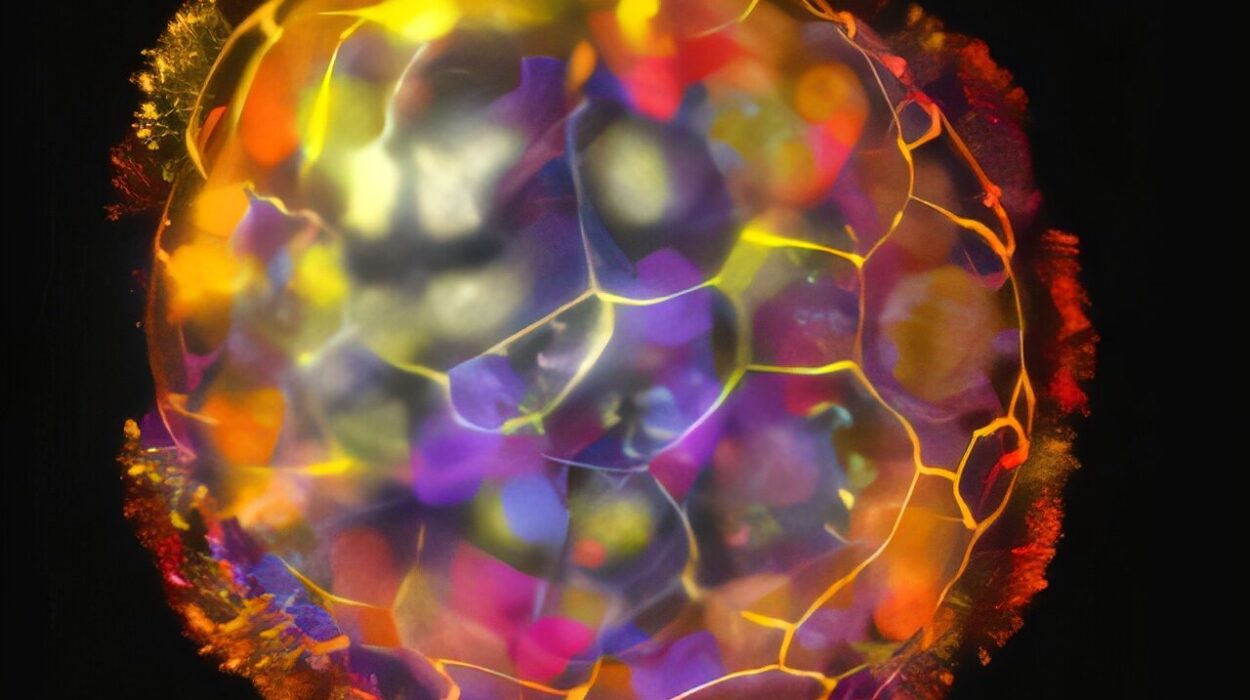Far beyond the warm embrace of the Sun, the outer planets of our solar system are home to mysterious moons wrapped in layers of ice. These frozen orbs, some of which harbor oceans beneath their icy surfaces, are among the most fascinating objects in our cosmic neighborhood. Could they be hiding life? Or is their story one of geological forces far stranger than anything we see on Earth?
A new study, published on November 24 in Nature Astronomy, offers a glimpse into the geological processes shaping these alien worlds. The research, led by Max Rudolph, an associate professor at the University of California, Davis, and his team, delves into the forces at play beneath the icy exteriors of moons like Saturn’s Enceladus and Uranus’s Miranda. By examining how these moons evolve over millions of years, the researchers are shedding new light on what’s going on under the ice — and why these distant worlds look the way they do.
What Happens Beneath the Ice?
We’re all familiar with the idea that Earth’s surface geology is driven by the movement and melting of rock deep beneath the surface. Earthquakes, volcanoes, and mountain ranges all have their roots in the shifting of rock beneath our feet. But what happens on moons made of ice? What drives their geological processes?
The answer, it turns out, is a fascinating blend of water and ice. Like Earth, these moons are heated by tidal forces from the giant planets they orbit. The gravitational pull between the moons and their parent planets causes these icy worlds to stretch and flex, generating heat inside them. This heat causes the ice shell to change — when the heating increases, the ice melts and thins; when the heating decreases, the ice thickens again.
Max Rudolph explains the goal of the study: “We’re interested in the processes that shape their evolution over millions of years, and this allows us to think about what the surface expression of an ocean world would be.”
It’s a delicate balance between heat and ice, and this shifting can create some strange geological features. Think of the tiger stripes on Enceladus — long, deep fractures that hint at the powerful forces at work beneath the moon’s icy surface. But what happens when the ice doesn’t simply thicken or crack? What if it melts from below?
The Boiling Oceans of Icy Moons
The study explores just that: what happens when the ice shell begins to melt from the bottom? Rudolph and his team’s findings suggest that this could lead to some surprising consequences — like boiling oceans.
As ice melts into liquid water, the pressure drops. And in the case of the smaller moons in the outer solar system, like Enceladus or Mimas, this pressure drop could cause the temperature to reach what scientists call the “triple point.” This is the exact pressure and temperature at which ice, liquid water, and water vapor can all exist at once. It’s a point where the usual rules of ice and water seem to blend together, creating conditions ripe for some bizarre geological activity.
In other words, the team concluded, the oceans of these moons could start to boil — not in a violent, explosive way, but as part of a slow, ongoing process that influences the geology of the surface.
The researchers focused on a moon we’ve long been curious about: Miranda, a small, icy moon of Uranus. When the Voyager 2 spacecraft flew by in the 1980s, it captured images of Miranda’s surface that seemed to defy explanation. The moon is pocked with strange ridges and cliffs, called coronae, that have puzzled scientists ever since. Could the boiling ocean beneath the surface have played a role in creating these dramatic features? Rudolph and his team believe it could have. The unique appearance of Miranda’s surface could be the result of this oceanic boiling, offering new insight into the moon’s enigmatic geology.
The Enigma of Mimas
Then there’s Mimas, the “Death Star” moon of Saturn. This moon, just 250 miles across, is heavily cratered, including a massive impact crater that gives it its iconic appearance. Mimas has long been thought of as a geologically dead moon. Its surface is static, with no obvious signs of volcanic activity or tectonic shifts.
However, a wobble in Mimas’s orbit has intrigued scientists. Rudolph suggests that this wobble could be the key to understanding a crucial detail: despite the moon’s seemingly lifeless surface, Mimas might have an ocean hidden beneath its icy shell. The wobble indicates that the moon’s ice is not as rigid as it first appears, hinting that there could be liquid water beneath the surface.
But here’s the twist: because Mimas’s ice shell is relatively thick, it’s unlikely to crack or break due to ice shell thinning, which means that the ocean’s presence doesn’t have to be connected to surface activity. It could be there, quietly existing beneath the surface, with no outward geological expression.
The Importance of Size
As the research team dove deeper into the behavior of these moons, they made another fascinating discovery: the size of a moon plays a critical role in how its ice shell behaves.
For larger moons, like Titania — another moon of Uranus — the pressure drop from melting ice would likely cause cracks in the ice shell before the triple point could be reached. This means that Titania’s surface geology might tell a different story than that of the smaller moons. The team speculates that Titania’s features may be the result of a period of ice shell thinning, followed by a re-thickening as the tidal heating fluctuated.
In the same way that Earth’s geology helps us understand the planet’s history, understanding the geology of these icy moons can reveal the processes that shaped them over time. By looking at the way their surfaces and features have evolved, Rudolph believes scientists can begin to piece together the mysteries of how these worlds came to be and how they continue to change.
Why This Research Matters
The research presented by Rudolph and his team offers more than just a window into the distant past of icy moons. It has profound implications for our understanding of potential habitats for extraterrestrial life.
Some of these moons, like Enceladus, have been identified as prime candidates for harboring life. With oceans beneath their icy exteriors, they provide an intriguing environment in which life could theoretically arise — protected from harsh radiation by the thick ice above and warmed by the geothermal energy below. Understanding the geological processes at play on these moons could tell us more about the conditions that make them suitable for life.
The study also helps us grasp the broader processes of planet and moon formation, especially when it comes to worlds made of ice. What happens on these moons might give us new insights into the evolution of icy planets and moons across the universe. If we want to find other worlds like ours, studying these frozen bodies is an important step in that search.
As we look further into the depths of space, one thing is clear: the icy moons of our solar system still have many secrets to reveal. And each discovery, like the one Rudolph and his team have made, brings us one step closer to understanding these mysterious worlds — and the possibility that life might exist somewhere out there, hidden beneath the ice.
More information: Maxwell L. Rudolph et al, Boiling oceans and compressional tectonics on emerging ocean worlds, Nature Astronomy (2025). DOI: 10.1038/s41550-025-02713-5






